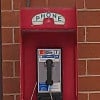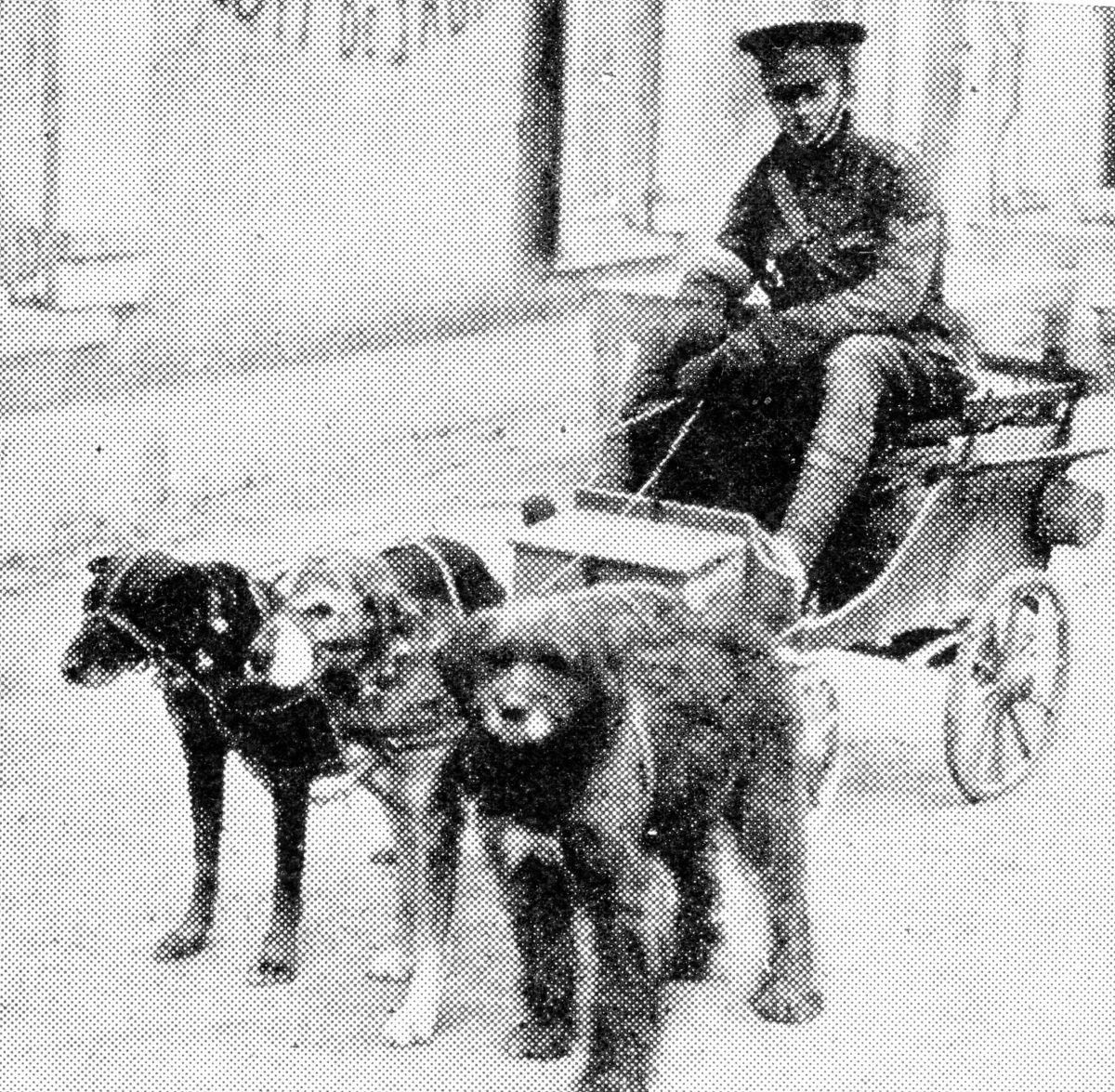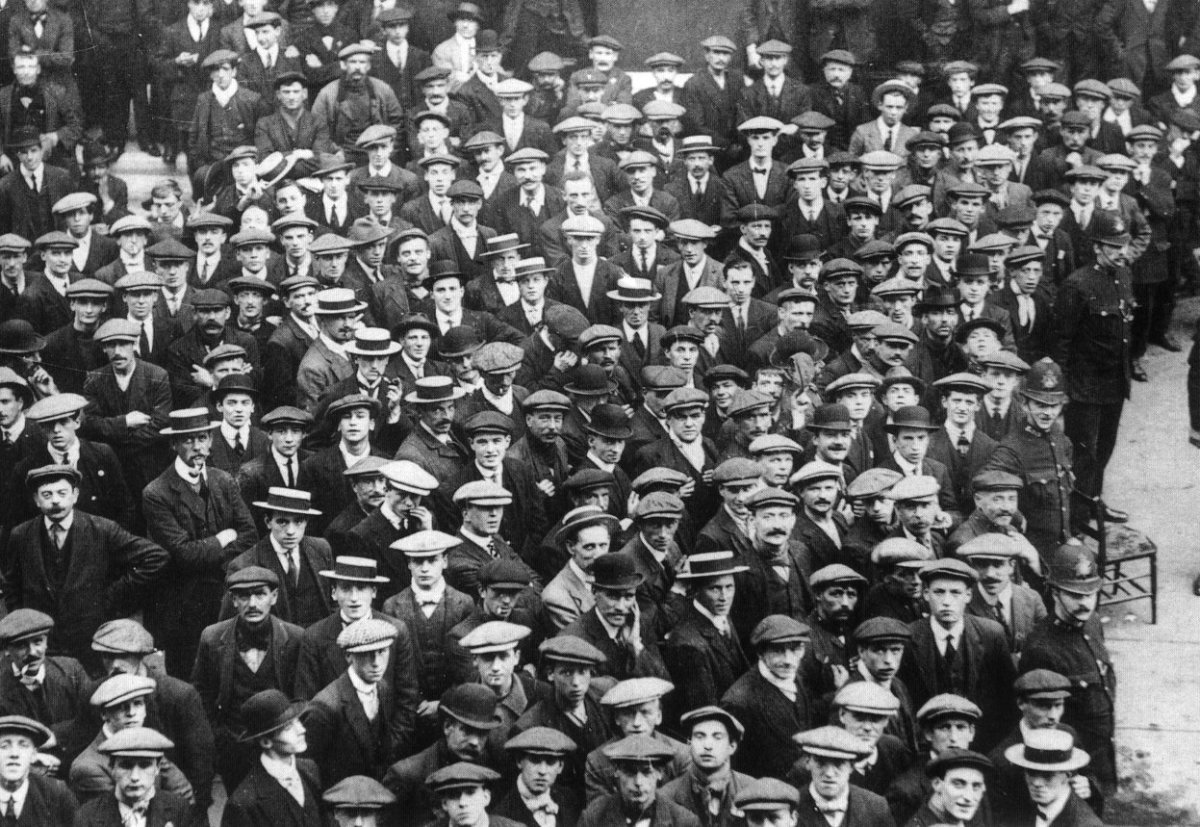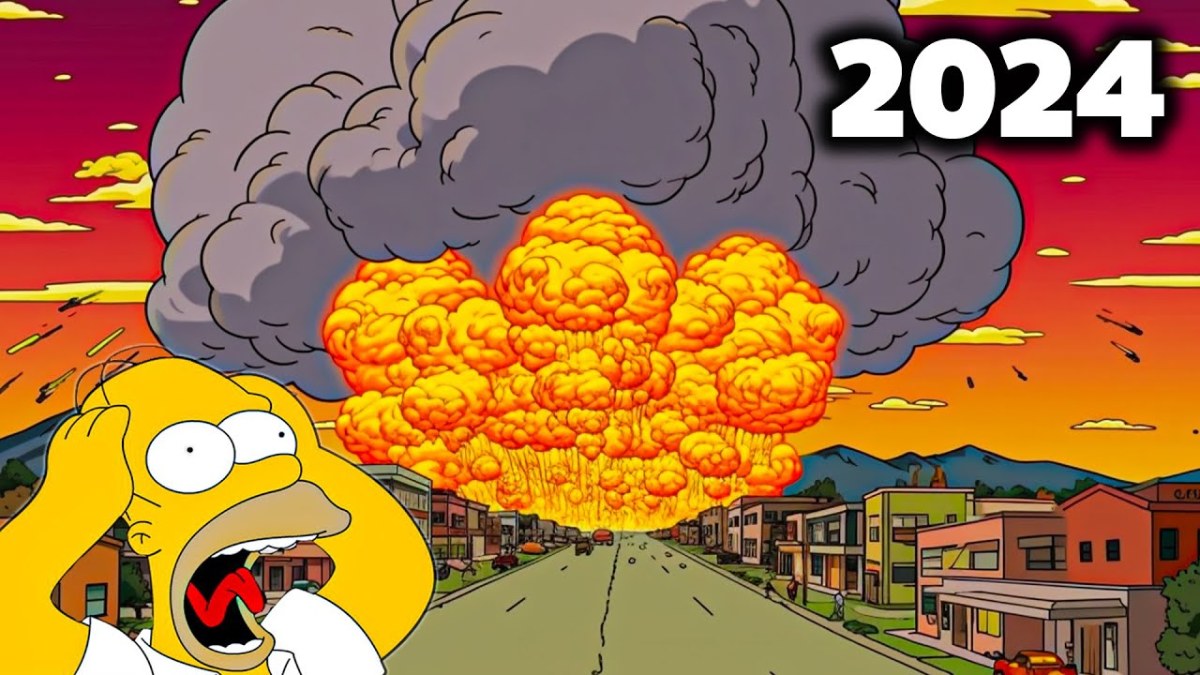Bill Mauldin Cartoonist for World War II GI's did wwii political cartoons. weeping Lincoln

Bill Mauldin who lived from October 29, 1921 to January 22, 2003 was famous for his World War II cartoons about Army life and the Second World War. He is best remembered for his American soldier characters “Willie and Joe” two weary, bedraggled infantry soldiers enduring the danger and difficulty of being soldiers in the field.
I was in my first years of grade school when I read the cartoons my cousins in the military service brought home during World War II . It didn’t matter what branch of the service they were in. Almost all American men were in some branch of the military services during that time. A couple of years later my own brother was drafted into the Navy. Almost everyone was in the service or knew someone who was, so almost all Americans could identify with the cartoons.
Mauldin’s family had a military heritage. He was born in Mountain Park, New Mexico. Mauldin’s grandfather had been a civilian cavalry scout in the Apache wars. His father was an artilleryman during First World War. He took courses at the Chicago Academy of fine Arts and met Will Lang Jr. and they became fast friends. He got in the U.S. Army from the Arizona National guard.

Cartoonist
When Mauldin was thirteen years old he ran across a correspondence course ad in Popular Mechanics Magazine. It was for cartooning. Despite his more formal education later on, this might have been the start of his real career.
According to an obituary tribute to him in Stars and Stripes Magazine. Mauldin enlisted in the army in 1940 and was assigned as a rifleman with the 150th Infantry. According to Wikipedia he entered the Army as a National guardsman.
Mauldin volunteered to work for the unit newspaper of the 45th Infantry Division where he began to draw cartoons of “dogfaces” a World War II term for soldiers. His most famous characters were Willie modeled after his friend Irving Richel and Joe, who became a symbol for the ordinary GI, another WWII term for soldiers.
He became one of the leading editorial cartoonists in the years that followed. In 1944 he was officially transferred to the staff of Stars and Stripes and a short time later given his own Jeep to roam the front to collect material. He produced six cartoons a week.
His cartoons were very popular with the soldiers throughout Europe in the Second World War but were also published in the United States. The War Office of the United States supported syndication because they helped publicize the ground forces as well as showing the grim, bitter side of war. It helped show that victory would not be easy. Like the Book, Movie and television show “MASH” many years and several wars later a grim sort of humor and bitter sort heroism prevailed.
Ernie Pyle wrote an article about Mauldin and his work, which resulted in Mauldin being picked up by United Feature Syndicate in 1944.

Mauldin in trouble?
To some officers Mauldin’s work was consider disrespectful He portrayed things through his own vision and that of a foot soldier. He made fun of the officers, the spit and shine conformity of the military and unquestioned obedience to orders. As I see it, American soldiers would not be American if they didn’t see things through Mauldin’s eyes and pen.
General George Patton was especially offended. After Mauldin did a cartoon poking fun at Patton’s demand that all soldiers had to be clean-shaven at all times, including combat. Patton summoned the cartoonist to his office and threatened to “throw his ass in jail,” according to Wikipedia. because he was spreading dissent.
Another general, Dwight Eisenhower who was the supreme Commander European theater, told Patton to lay off Mauldin. His cartoons gave soldiers an outlet for their frustration, Eisenhower felt.
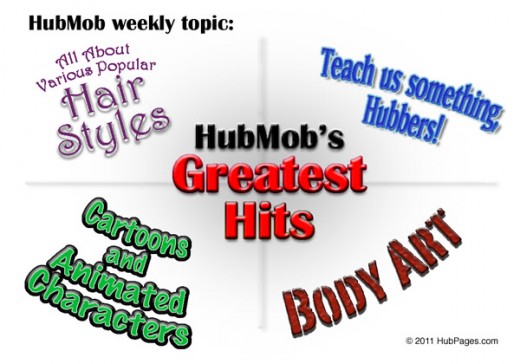
Mauldin’s view
Mauldin once told an interviewer that he had always admired Patton. He thought Patton was stupid, crazy and insane and thought he was living in the dark ages. That he thought the soldiers were peasants. That part Mauldin did not like but he respected Patton’s theories and techniques.
Mauldin as hero
His cartoons made Mauldin the hero for the ordinary soldier. Many GIs gave him credit for helping them through the war. He was even more revered by his fellow soldiers when he was wounded in the shoulder by a German mortar round while he visited a machine gun crew near Monte Cassino. For his cartoons he got an Army Legion of Merit by the end of the war.
When the War was over
Mauldin won a Pulitzer Prize in 1945. He was 23 years old and his first collection of his work, Up Front, was a bestseller. It contained cartoons along with telling his observations of the war.
After World War II He tried his hand at drawing political cartoons with what Wikipedia describes as a “civil libertarian” view but they were not well received by newspaper editors who wanted something less political along the lines of Willie and Joe cartoons. He did not have much luck transforming Willie and Joe into civilian life as he notes in his memoirs, Back Home, in 1947.
He tried other careers such as film acting, freelance writing, and illustrator for books and articles one of which was on the Korean War. He only drew Willie and Joe a few times afterwards which was for the funerals of Omar Bradley and George Marshall who were considered “soldier’s generals” for a Life Magazine article about the “New Army.” It was also for his fellow cartoonist Milton Caniff who did the “Terry and the Pirates,” and “Steve Canyon” comic strips.
Mauldin wanted to kill off Willie and Joe on the last day of combat but Stars and Stripes convinced him not to do it.

Too far left?
Mauldin, in 1956, tried a run for congressional office as a Democrat in the 28th Congressional district of New York.
He relates that he campaigned for seven or eight months. He relates that he could be a very sincere candidate when discussing the problems of the rural community. However, when they pushed him on foreign and national policy he was left of the mainstream. He felt that he was a Truman democrat and not rally that far left but he appeared that way to the voters. I wonder how he would appear now?
Back to cartooning
He was cartooning on the editorial page of the St. Louis Post-Dispatch in 1958. He won a second Pulitzer Prize and a National Cartoonist Society award for Editorial cartooning. He also received their Reuben Award in 1961.
After President John F. Kennedy was assassinated Mauldin drew a cartoon showing the statue of Abraham Lincoln, head in hands crying.
Mauldin was commissioned in 1969 by the National Safety council to illustrate a booklet on traffic safety, which they published very year. Although the pamphlets were regularly issued without copyright this issue pointed out that Mauldin’s cartoons were subject to copyright.
He worked for the Sun Times until 1961 when he retired.
May 19,1991 he was inducted into the St. Louis Walk of Fame. Sergeant Major of the Army Jack L. Tilley presented a personal letter to Mauldin from the Army chief of staff General Eric K. Shinseki, a hardbound book with notes from other senior Army leaders and several celebrities including Walter Cronkite, Tom Brokaw, and tom Hanks. He was also presented the honorary rank of first sergeant.
Willie and Joe were drawn for publication for the last time in 1999 for a Veterans Day strip for the comic strip Peanuts.
Mauldin died January 22,2003 from complications of Alzheimer’s disease and a bathtub scalding. On January 29,2003 he was buried in Arlington National Cemetery.
April 2008 Fantagraphic Books released a two-volume set of Mauldin’s complete wartime Willie and Joe cartoons, edited by Todd DePastino. It is titled Willie & Joe: the WWII Years (ISBN 978-1-56097-838-1)
Films Up Front (1951) and Back at the Front (19520 WEERE BASED ON Mauldin’s Willie and Joe characters. He returned his consultants fees when his suggestions were ignored.
Mauldin was an actor in the films The Red Badge of Courage and Teresa and played himself in 1 1998 documentary America in the ‘40s.
